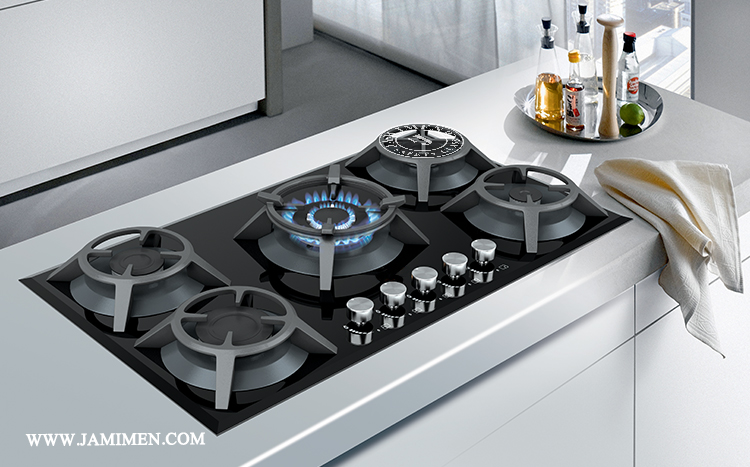Glass in Refrigerators and Freezers
Glass is used in various parts of household refrigerators, including shelves, doors, and vegetable drawers. Each type of glass is produced for a specific purpose and contributes to optimal performance, safety, and the overall design of the refrigerator.

Comprehensive Guide to Glass in Refrigerators and Freezers
Refrigerators have become an essential part of our daily lives, playing a key role in preserving food safety, freshness, and convenience. While much attention is usually given to aspects such as energy efficiency, storage capacity, and cooling performance, the type of glass used in refrigerators is equally important. Glass impacts not only the aesthetics but also the safety, durability, and energy performance of these appliances.
Role of Glass in Household Refrigerators
Glass in home refrigerators is used in various parts such as shelves, doors, and crisper drawers. Each type of glass serves a specific purpose and contributes to efficiency, safety, and overall design.
Types of Glass in Household Refrigerators
1. Tempered Glass
Also called safety glass, tempered glass is heat-treated at around 700°C and then rapidly cooled. This increases its strength compared to regular glass.
- Strength & Durability:Designed to withstand heavy loads without bending or breaking.
- Safety: Breaks into small, blunt pieces instead of sharp shards.
-Thermal Resistance: Suitable for areas exposed to temperature fluctuations.
2. Laminated Glass
Consists of two or more glass layers bonded with a plastic interlayer such as PVB (polyvinyl butyral).
- Impact Resistance: Holds together when broken, preventing dangerous shards.
- Sound Insulation: Better acoustic performance compared to single-pane glass.
- UV Protection: Blocks harmful UV rays, protecting food.
- Applications: Used in high-end refrigerators for doors or special compartments.
3. Frosted Glass
Produced by sandblasting or acid-etching to diffuse light.
- Privacy: Conceals refrigerator contents while allowing light transmission.
- Easy Maintenance: Less prone to visible stains or fingerprints.
- Light Diffusion: Improves visibility inside without compromising aesthetics.
Applications in Refrigerator Sections
- Shelves: Usually made of tempered glass; strong, transparent, easy to clean.
- Doors: Made of tempered or laminated glass; ensure visibility, insulation, and aesthetics.
- Crisper Drawers: Often plastic or frosted glass; durable and transparent for organization.
Advantages of Glass in Home Refrigerators
- Clear visibility of contents.
- Modern aesthetic appeal.
- Easy to clean and maintain.
- Improved safety with tempered and laminated glass.
Disadvantages
- Brittle compared to alternatives.
- Higher cost.
- Increased appliance weight.
Glass in Industrial Refrigerators
In commercial kitchens, supermarkets, and laboratories, glass must meet higher durability, safety, and energy efficiency standards.
Types of Glass in Industrial Refrigerators
1. Tempered Glass: Stronger, thicker, withstands heavy loads and impacts.
2. Low-E Glass: Special coating reflects infrared energy, improving insulation, reducing condensation, saving energy.
3. Safety Glass: Includes laminated and tempered glass, compliant with industry safety standards.
Applications
- Display Cases: Tempered or Low-E glass balances visibility and energy efficiency.
- Storage Compartments: Strong and safe glass ensures durability.
- Cold Room Doors: Tempered or Low-E glass provides insulation and easy access.
Advantages in Industrial Use
- Durability under heavy use.
- Energy efficiency with Low-E glass.
- Enhanced product visibility.
- Safety and compliance with standards.
Disadvantages
- Higher initial cost.
- Heavier than alternatives.
- Requires careful handling.
Conclusion
The choice of glass in refrigerators, whether household or industrial, significantly affects performance, safety, and efficiency. Tempered, laminated, and frosted glass are common in home use, while tempered and Low-E glass dominate industrial applications. Understanding these types helps consumers and businesses make informed decisions for optimal refrigeration performance.




